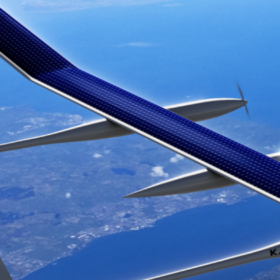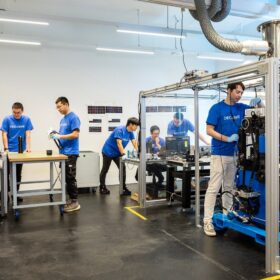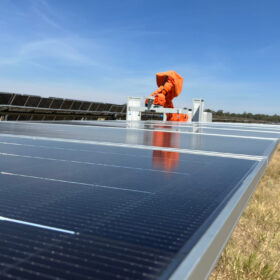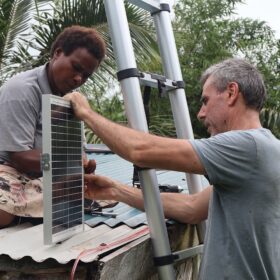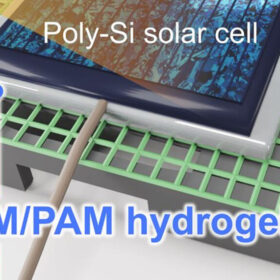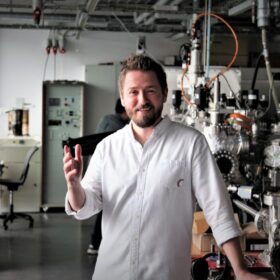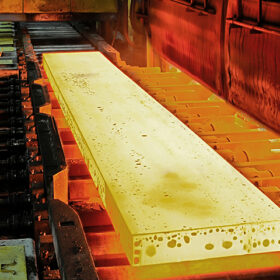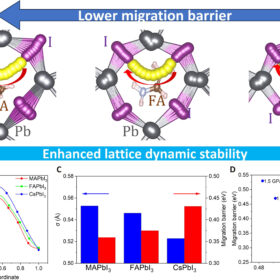Li-S Energy inks deal to keep solar powered aircraft in flight for months
Australian battery tech company Li-S Energy has inked a stratospheric deal with New Zealand uncrewed aircraft developer Kea Aerospace, to incorporate its lightweight tech into the solar powered aircraft and extend flighttime from a day to many months.
UNSW attracts research funds to help commercialise clean tech developments
University of New South Wales’ researchers using artificial intelligence to aid analysis of solar cell degradation, developing innovative green ammonia production and an end-of-life electric vehicle battery solution are recipients of commercialisation grants.
Labour shortages and safety prompt developer interest in robot workers
Robots on solar sites are not new; they have been deployed to automate everything from operations and maintenance to inspection and cleaning. In recent months, there has been an uptick in interest in robots for installation, particularly among utility-scale solar developers dealing with staff shortages, safety concerns, rising costs, and pressure to build.
PowerWells helps Vanuatu women take charge of off-grid solar power systems
Brisbane e-waste to solar technology company PowerWells has supported a collaboration helping women in a remote Vanuatu village to end their energy poverty, with the ongoing installation of solar systems on 115 dwellings.
Battery subsidy schemes proposed to cut bills and boost manufacturing
Battery subsidies are absent from the 2025-26 Federal Budget, but industry organisations are committed to pushing government forward to support the rollout of household batteries backed by local manufacturing.
New passive solar module cooling tech based on lightweight hydrogel
Researchers at Thailand’s Vidyasirimedhi Institute of Science and Technology demonstrated a novel hydrogel that has high cooling effect on silicon PV panels.
Transparent tandem solar cell hits record 12.3% efficiency
A global research team has developed a tandem solar cell with 30% transparency by combining perovskite and organic layers, achieving a record 12.3% efficiency for transparent solar cells.
Battery state of health impacts revenue, safety and operations
A new paper from renewable energy technology company 3E lays out strategies to manage battery degradation, saying inaccurate state of health measurements of battery energy storage systems can negatively impact their safety, impede accurate asset evaluation and result in financial losses.
$70 million fund opens to innovate heavy industry decarbonisation
Only innovators need apply: ARENA opens second round of industrial transformation stream funding offering $70 million to support technology development to help industry decarbonise.
Sydney researchers advance halide perovskite cell stabilisation
University of Sydney researchers have suppressed ion migration in halide perovskites specifically at the B-site, paving a way for cell stabilisation by minimising energy loss and improving performance reliability.
